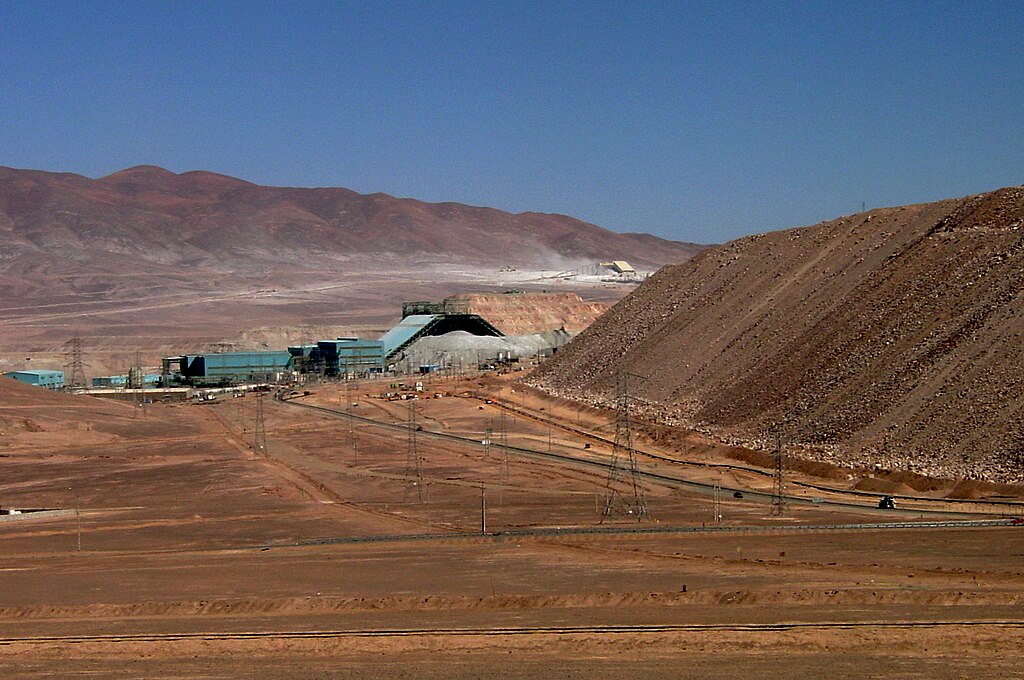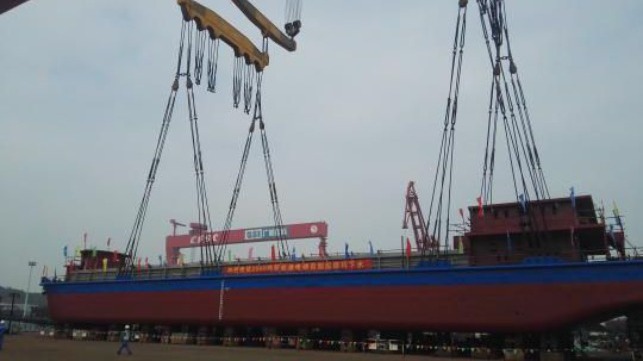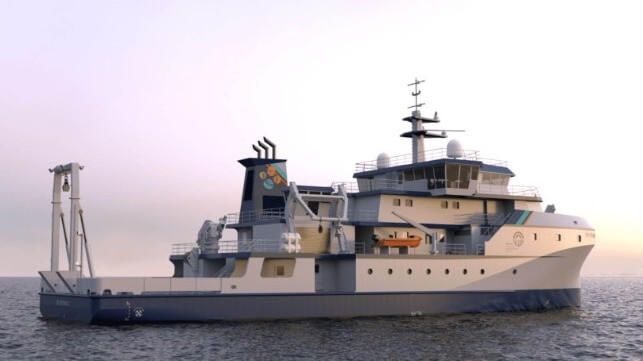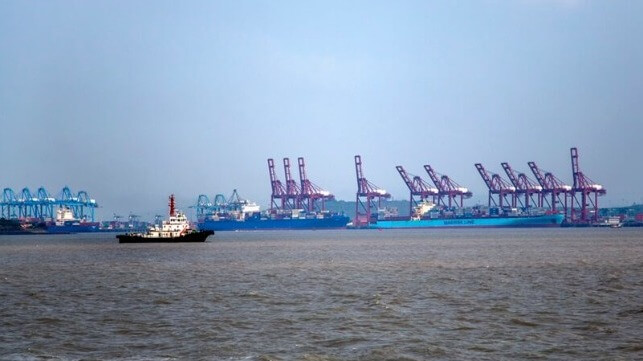
Douglas Greene
Routledge, New York, 2024. 244 pp. £135 bp
ISBN 9781032758787
Reviewed by Suryashekhar Biswas
Douglas Greene’s well-timed book comes in the context of a long-drawn debate on the legacy of Karl Kautsky (1854-1938) and his politics among scholars, activists and historians largely in the imperial centres of the USA and the UK. A founding leader of the German Social Democratic Party (SPD) and theoretician of the Second International, Kautsky has been largely rejected by the far-left and his works generally forgotten. Interventions from various quarters, such as those by Lars Lih’s scholarly works and Mike Macnair’s writings and polemics, make a case that there is a direct continuity from the politics represented by Kautsky to that of Lenin. They draw the conclusion that Kautskyian politics of the ‘golden age’ of German social democracy is therefore what needs to be revived by the left today. This view has also found currency in the political approach taken by organisations of varying shades such as the Communist Party of Great Britain, Provisional Central Committee (CPGB-PCC), the Democratic Socialists of America (DSA), and others. The New Reformism and the Revival of Karl Kautsky: The Renegade’s Revenge breaks with this view and makes the case that such a return to Kautsky would do more harm than good in reviving the left in the direction of a transformative politics.
Greene’s book approaches the debate on Kautsky’s legacy by providing an evaluation of his political thought as it evolved through time. The analysis begins with Kautsky’s initial engagement as a propagandist of the German Social Democratic press and popularizer of Marx’s economic theories, and goes through his contributions to the Erfurt Program – a program adopted by the Social Democratic Party of Germany during the party’s Congress at Erfurt in 1891 and became a shibboleth of orthodoxy that was upheld by revolutionary social democrats across different nations. The Erfurt Program laid out the contradictions of capitalism and the concrete conditions of the different classes and their sections in capitalist society, the bourgeoisie, the proletariat, the small producers, etc. While it was an advancement from the earlier program in many ways, it nonetheless limited the class struggle to the confines of the parliament and proposed that working-class intervention in the parliament would essentially change its class nature in favour of the working-class.
Greene further touches upon Kautsky’s moment of ‘radicalization’ as a response to the uprising of the Russian masses in 1905. The evaluation concludes with Kautsky’s eventual desertion of Marxist internationalism, compromising on the anti-war credentials of the Social Democratic movement and the denouncement of the gains of the Russian Revolution (1917) – which earned him the title of ‘renegade’ that is drawn from Lenin’s polemic against him. Greene covers the above trajectory in the first part of his book (‘Karl Kautsky’) which discusses Kautsky’s political journey through the ‘Left’, ‘Centre’ and ‘Right’ respectively.
The next part (‘The Anti-Kautskyians’) analyses the critical interventions of Kautsky’s contemporaries: Rosa Luxemburg, V.I. Lenin and Leon Trotsky. This part aptly lays out the critiques of Kautsky during his lifetime, which are articulated by revolutionary activists who understood and responded to the needs of their time by making a radical rupture with Kautsky’s political legacy.
Rosa Luxemburg was a prominent leader of the German SPD representing its left-wing, whereas the right-wing was represented by Eduard Bernstein who promoted ‘evolutionary socialism’ for which he would be criticised thoroughly in Luxemburg’s famous pamphlet ‘Reform or Revolution’. Kautsky represented a ‘centrist’ position, which differed from the Bernsteinian right on several questions such as imperialism, the state, etc. However, his opposition to revolutionary strategy and tactics of the left-wing was more decisive and antagonistic, as was demonstrated by his practice and admitted by him in letters that Greene’s book quotes at length. Luxemburg was critical of the parliamentarianism that prevailed in the SPD and considered it to be a fetter to the further radicalization of the labour movement. She proposed the mass strike as a strategy that could help break away the dull routine of parliamentarism and prepare the working class for seizure of power. She also argued for raising the demand for a republic.
These views were debated in the various party congresses of the SPD, and Luxemburg’s position was defeated by an overwhelming majority. In 1910, Kautsky would go on to prevent the publication of one of Luxemburg’s articles that articulated the above mentioned views, representing a decisive moment of rupture between their politics. Other key differences included their views of the Russian Revolution, which Kautsky denounced, whereas Luxemburg upheld and presented it as an example for German Social Democrats to learn from, while also articulating her own criticisms of the Bolsheviks.
Kautsky had conceived of the Social Democratic Party as a ‘party of the whole class’, which meant that the various opposing viewpoints within the movement had to be accommodated within the party, and a split was to be avoided at all costs. It is this perspective that Luxemburg took the longest time to break from, in that while criticizing the centrist and rightist trends in the party for decades, she nonetheless did not call for a split from the party. She would only make the split in 1918, when Germany was in the midst of a revolutionary upsurge to form the Spartakusbund. Greene argues that this delay in forming a separate organisation was a mistake that, if avoided, could help the organisation play a decisive role in moving the revolution forward.
Lenin’s political relation with Kautsky’s politics is more controversial. Lenin started off as an explicit upholder of the Kautsky’s Erfurt Programme and repeatedly emphasised the German model of party-building, both of which demonstrate the dominance of Kautsky’s ideas in the revolutionary movement at the time. Prior to 1914, Lenin could not be found denouncing Kautsky. Lenin’s minor critiques of Kautsky from that period tended to posit the idea that, had Kautsky been more familiar with Russian conditions, he would certainly come to agree with Lenin and the Bolsheviks, rather than the Mensheviks. However, textual exegesis is insufficient to analyse the continuities and ruptures in the politics represented by these two men. Greene argues that in practice, Lenin had already broken with Kautsky’s centrism in 1903 with the Bolshevik-Menshevik split as factions – they would go on to form separate organisations in 1912. This was a decisive break with Kautsky’s conception of the ‘party of the whole class’. Lenin emphasised that revolutionaries and reformists cannot remain in the same organisation.
In 1914, Lenin, Rosa and other revolutionaries would denounce Kautsky, the German SPD and the Second International for rallying behind the bourgeoisies of the imperialist nations clashing with one another in the First World War. Trotsky, acutely aware of the conservative tendencies of the developing bureaucracy in the German SPD, decisively broke with the Kautskyian centre during the betrayal of 1914. He would also break with his own conciliatory politics – i.e., his former position that the Bolshevik-Menshevik split was not fundamental, and the two factions ought to conciliate – and join in with the wave of the Bolsheviks.
The final part of The New Reformism and the Revival of Karl Kautsky: The Renegade’s Revenge places Kautsky’s thought in the context of contemporary debates. A chapter is devoted to the critical analysis of the Montreal-based scholar, Lars T. Lih, whose writings have been at the heart of contemporary efforts to reclaim Kautsky’s legacy. To his credit, Lih’s studies of Lenin and the Russian Social Democracy demonstrate well that Lenin was not an elitist who organised a conspiratorial sect, attempting to suppress the independent initiative of the workers. However, Lih’s perspective is wedded to the narrative that Lenin was merely a follower of Kautskyian wisdom embodied in the Erfurt Programme and never ruptured from Kautskyian orthodoxy. Lenin’s denouncement of Kautsky and the Second International in 1914 is interpreted by Lih as Lenin’s continuation of Kautsky’s politics when Kautsky himself failed to remain true to his former principles.
Greene argues that right from the Second Congress of the Russian Social Democratic Labour Party (RSDLP) held in 1903, where the Bolsheviks and Mensheviks came out as separate factions, Lenin was in practice breaking with the Kautskyian conception of a mass party that was supposed to represent the entire gamut of opinions and tendencies prevalent in the worker’s movement, including reformist ones. In every political question of the time, Lenin arrived at conclusions that were radically different from those of Kautsky, and were consistently revolutionary. In place of Kautsky’s ambiguities regarding the character of the state (indeed Kautsky did recognize that the state had a class character, yet his works maintained ambiguities that would amount to concluding that democratisation and winning of votes in the elections by Social Democrats, would in fact transform the character of the state), Lenin posited that the existing state would have to be smashed and a new one built based on worker’s democracy – consisting of institutions that would be more democratic than the bourgeois state. The Russian Revolution of 1917 would represent just this phenomenon. Rosa Luxemburg, despite her various contentions about specific policies of the Russian revolutionaries, would applaud the Bolsheviks and uphold the gains of the revolution, while condemning the German Social Democrats for their failure to take the lessons from the revolutionary upsurge.
Alongside the survey of the political debates surrounding Kautsky, Greene pays keen attention to the debates on ‘Marxist philosophy’. Approaches to the philosophy of Marxism often underlay the different political positions taken by the various currents and they are inseparable from one another. Right from his student years, Kautsky was greatly influenced by Darwin and his theories of evolution and planned to write a ‘universal history’ that would apply Darwin’s ideas of evolution to social phenomena. The evolutionary core of Darwinism persisted in Kautsky’s theoretical framework which was sceptical of the philosophy of dialectical materialism. Historical development therefore was understood to be gradual and evolutionary, and did not have the conception of ruptures and radical transformation as an integral part of the process of development. Evolutionary-positivist views, along with a fatalist assertion of the inevitability of revolution while remaining wedded to reformist practice, was the norm in the Second International and its approach to Marxism.
Dialectical materialist outlook implies: (1) primacy of matter, in that, all that really exists is matter, and consciousness is a special and unique manifestation arising from matter; (2) phenomena are best understood in motion and change, in interconnection and part of one unified reality rather than as isolated entities, and in contradiction. That an embrace of this outlook would lead to radical political conclusions was instinctively felt by the leaders of the bureaucratic party apparatus. Bernstein articulated it explicitly, denounced Hegelian dialectics as potentially ultra-left, and called for a return to Kant. Socialism ceased to be understood as material necessity and thereby transformed into an ethical question. The efforts towards a fusion of Marxism with Kantianism were fully realised in the work of the Austro-Marxists, who did not necessarily share Bernstein’s brand of reformist politics. With a rejection of dialectics, came also a wholesale rejection of Hegel. Kautsky expressed a sense of agnosticism towards these debates. He wrote in a letter that Bernstein’s revival of neo-Kantian philosophy did not bother him in the least. He also argued that Marxism did not have a unifying philosophy and that philosophical viewpoint was a personal matter, and did not concern the party as a whole.
While debates on this continue today, Greene’s coverage of the philosophical underpinnings of the politics of Kautsky, his contemporaries and successors illustrates the range of opinion existing in the Marxist tradition with different, and sometimes opposed political conclusions. It could be argued that this refutes the claim that the conception of Marxism and Marxist philosophy post-Marx was a monolith.
That the Marxism of Kautsky’s orthodoxy did posit a deterministic viewpoint is beyond question. But the Kautskyian impulse towards departing from revolutionary Marxism, is inseparable from the departure from dialectical materialist philosophy. That this interpretation of Marxism was miles apart from that of Lenin’s is demonstrated by the course of events. While Kautsky held that the question of philosophy was a personal matter, Lenin went to great lengths to analyse philosophical trends that departed from materialism and dialectics. From 1914, Lenin undertook detailed studies of Hegel and embraced dialectics with its ruptures and discontinuities, which were a far cry from the philosophy of gradual evolution.
5 August 2024
URL: https://marxandphilosophy.org.uk/reviews/21615_the-new-reformism-and-the-revival-of-karl-kautsky-the-renegades-revenge-by-douglas-greene-reviewed-by-suryashekhar-biswas/

 Ukraine's troops are depicted in innumerable television broadcasts, advancing deep into Russian territory / Image: Image president.gov.ua
Ukraine's troops are depicted in innumerable television broadcasts, advancing deep into Russian territory / Image: Image president.gov.ua










